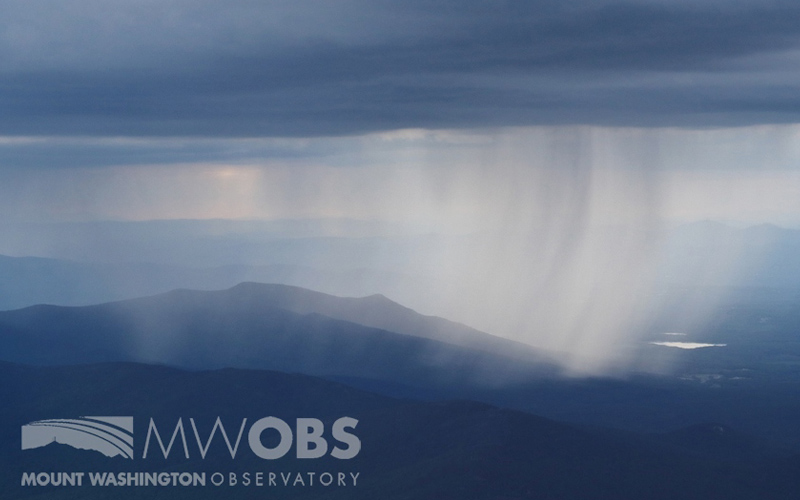Citizen Science Puts Weather Reporting in Your Hands

Ryan Knapp, Weather Observer & Meteorologist
MWO Instrumentation by the Decade: the 1930s
MWO Instrumentation by the Decade: the 1930s 2019-05-30 10:16:30.000 - Charlie Peachey, IT Intern This past Memorial Day weekend marked the 87th anniversary of the first funding for the Mount Washington Observatory. Nearly nine decades ago Joe Dodge walked into the Copper Kettle Tea
From the Valley to the Peak
From the Valley to the Peak 2019-05-27 09:03:22.000 - Benjamin Charles, Summit Intern Hello I am Ben Charles and I am one of the new summit Interns at the Mount Washington Observatory. I am from Sparta, New Jersey, where I sparked my desire for adventure by
Long Way From Home
Long Way From Home 2019-05-26 17:20:29.000 - Austin Patrick, Summit Intern Coming from Ohio to New Hampshire to Mount Washington is an experience, and it’s one that should be shared! My name is Austin Patrick and I am one of the multiple interns for this summer.
Mount Washington: Breaker of Storms
Mount Washington: Breaker of Storms 2018-09-08 09:27:36.000 - Sarah Schulte, Museum Attendant Each season brings with it new meteorological wonders for weather nerds to anticipate, and summer is certainly no exception. While the
Squall vs. Microburst: What’s the Difference?
Squall vs. Microburst: What's the Difference? 2018-09-07 11:10:13.000 - Thomas Padham, Weather Observer/Education Specialist Earlier today I received a weather question which I thought would make for a great blog post. What’s the difference
Education Time from you to me to the AMC!
Education Time from you to me to the AMC! 2018-09-02 17:06:16.000 - Zach Butler, Summit Intern I have always been passionate about the education around meteorology. The science affects people’s lives every day, every

